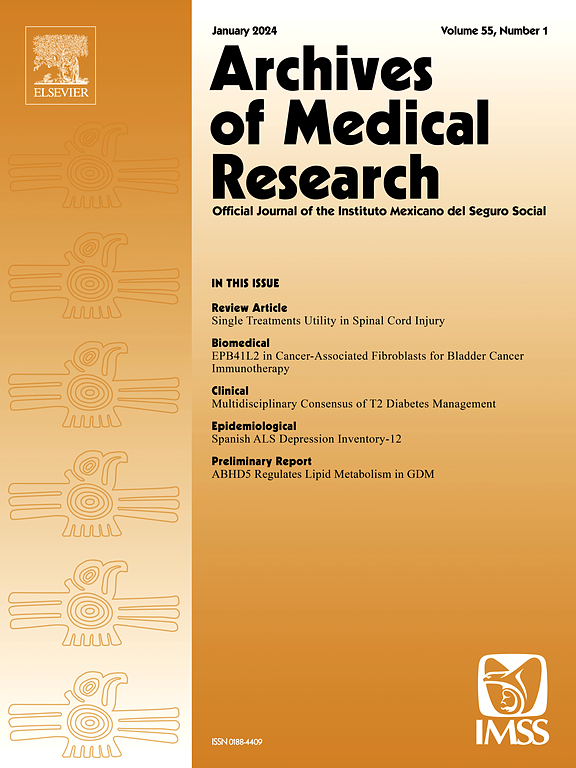巴西公立大学医院在COVID-19期间的敏捷性和弹性以及大流行后的创新
IF 3.4
3区 医学
Q1 MEDICINE, RESEARCH & EXPERIMENTAL
引用次数: 0
摘要
2019冠状病毒病大流行促使全球卫生保健系统迅速适应。在医疗保健教育和研究中起关键作用的学术医疗中心迅速采用了创新。巴西国有大学医院的服务面临前所未有的压力,被迫采取新的教育和护理方法。目的分析大流行期间两家巴西联邦大学医院的组织敏捷性和弹性。确定危机驱动型创新,并提出量化指标框架,以衡量敏捷性、弹性和危机后创新的嵌入。方法对巴西医院服务公司管理的两家医院的COVID-19应急预案、管理报告和新闻进行文献分析。行动被归纳编码并合成为可测量的指标。结果医院实施了战术和业务调整,重新配置资源,改进了患者护理策略。远程医疗和战略性患者转移在关键阶段为用户提供了支持。虚拟护理技术促进了自我护理,提高了治疗效果,而员工福利计划则支持临床团队。我们提出了一个由26个指标组成的指标框架,分为大流行阶段(敏捷性和弹性)和后covid(创新)两个模块。结论应急预案表现出较强的组织敏捷性和弹性。拟议的框架提供了一个实用的工具包,用于对危机准备情况进行基准测试和跟踪大流行时代创新的制度化,从而支持巴西的全民医疗保健系统并指导未来的研究。本文章由计算机程序翻译,如有差异,请以英文原文为准。
Agility and Resilience During COVID-19 and Post-Pandemic Innovation in Brazilian Public University Hospitals
Background
The COVID-19 pandemic prompted rapid adaptations in healthcare systems worldwide. Academic medical centers, pivotal in healthcare education and research, rapidly adopted innovations. Brazilian state-owned university hospitals experienced unprecedented pressure on their services and were compelled to adopt new approaches to education and care delivery.
Aims
Analyze the organizational agility and resilience of two Brazilian federal university hospitals during the pandemic. Identify crisis-driven innovations and propose a quantitative indicator framework to measure agility, resilience, and the embedding of innovations post-crisis.
Methods
We conducted a document analysis of the COVID-19 contingency plans, managerial reports and news items from the two hospitals, both managed by the Brazilian Hospital Services Company. Actions were inductively coded and synthesized into measurable indicators.
Results
The hospitals implemented tactical and operational adjustments, relocated resources, and improved patient care strategies. Telemedicine and strategic patient transfers empowered users during critical phases. Virtual care technologies promoted self-care and improved treatment efficacy, while staff well-being programs supported clinical teams. We present an indicator framework comprising 26 metrics, organized into pandemic-phase (agility and resilience) and post-COVID (innovation) blocks.
Conclusions
The contingency plans demonstrate strong organizational agility and resilience. The proposed framework offers a practical toolkit for benchmarking crisis readiness and tracking the institutionalization of pandemic-era innovations, thereby supporting Brazil’s universal healthcare system and guiding future research.
求助全文
通过发布文献求助,成功后即可免费获取论文全文。
去求助
来源期刊

Archives of Medical Research
医学-医学:研究与实验
CiteScore
12.50
自引率
0.00%
发文量
84
审稿时长
28 days
期刊介绍:
Archives of Medical Research serves as a platform for publishing original peer-reviewed medical research, aiming to bridge gaps created by medical specialization. The journal covers three main categories - biomedical, clinical, and epidemiological contributions, along with review articles and preliminary communications. With an international scope, it presents the study of diseases from diverse perspectives, offering the medical community original investigations ranging from molecular biology to clinical epidemiology in a single publication.
 求助内容:
求助内容: 应助结果提醒方式:
应助结果提醒方式:


